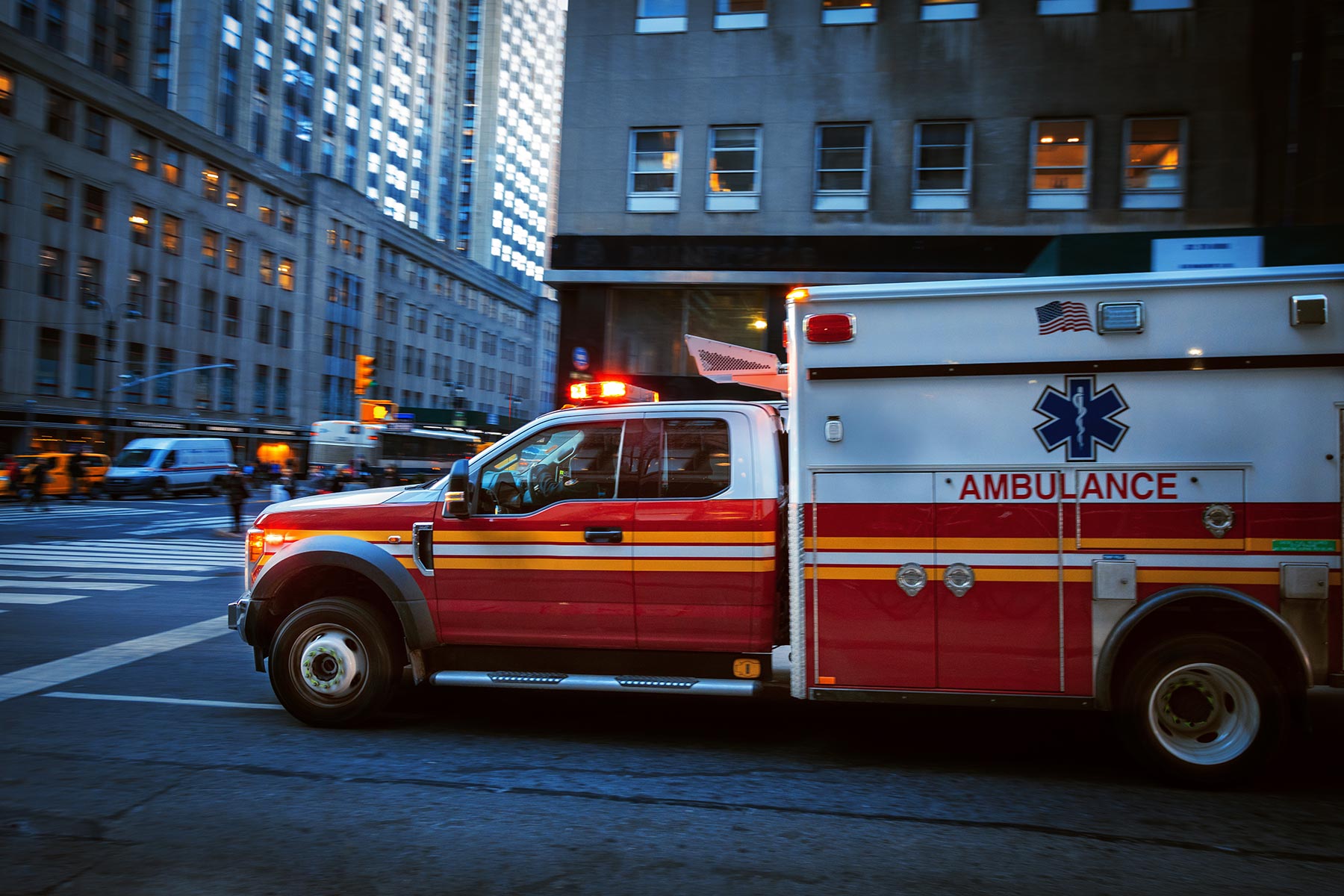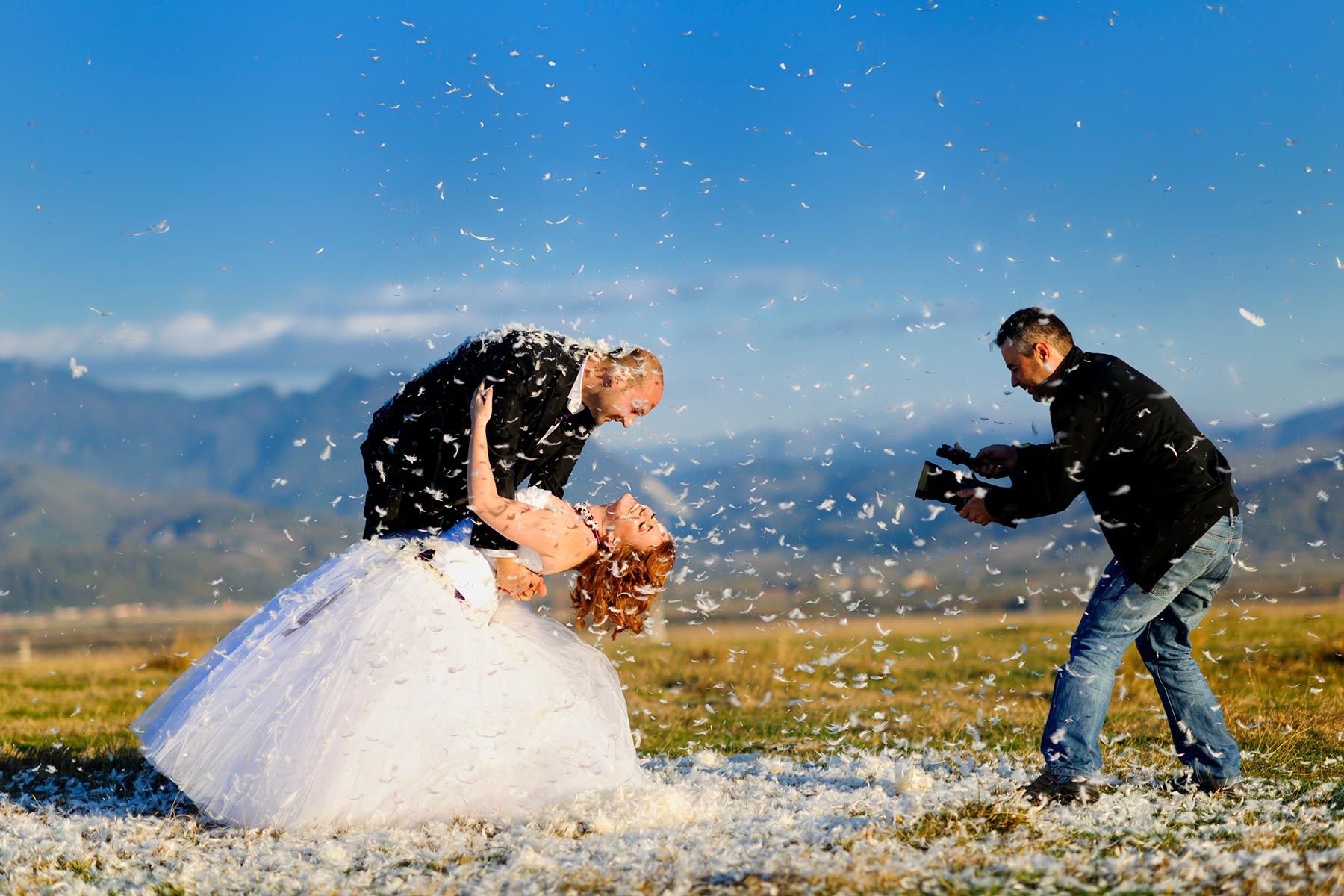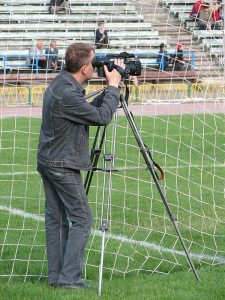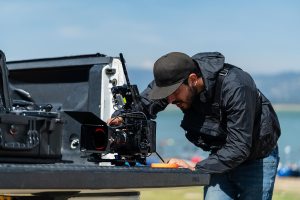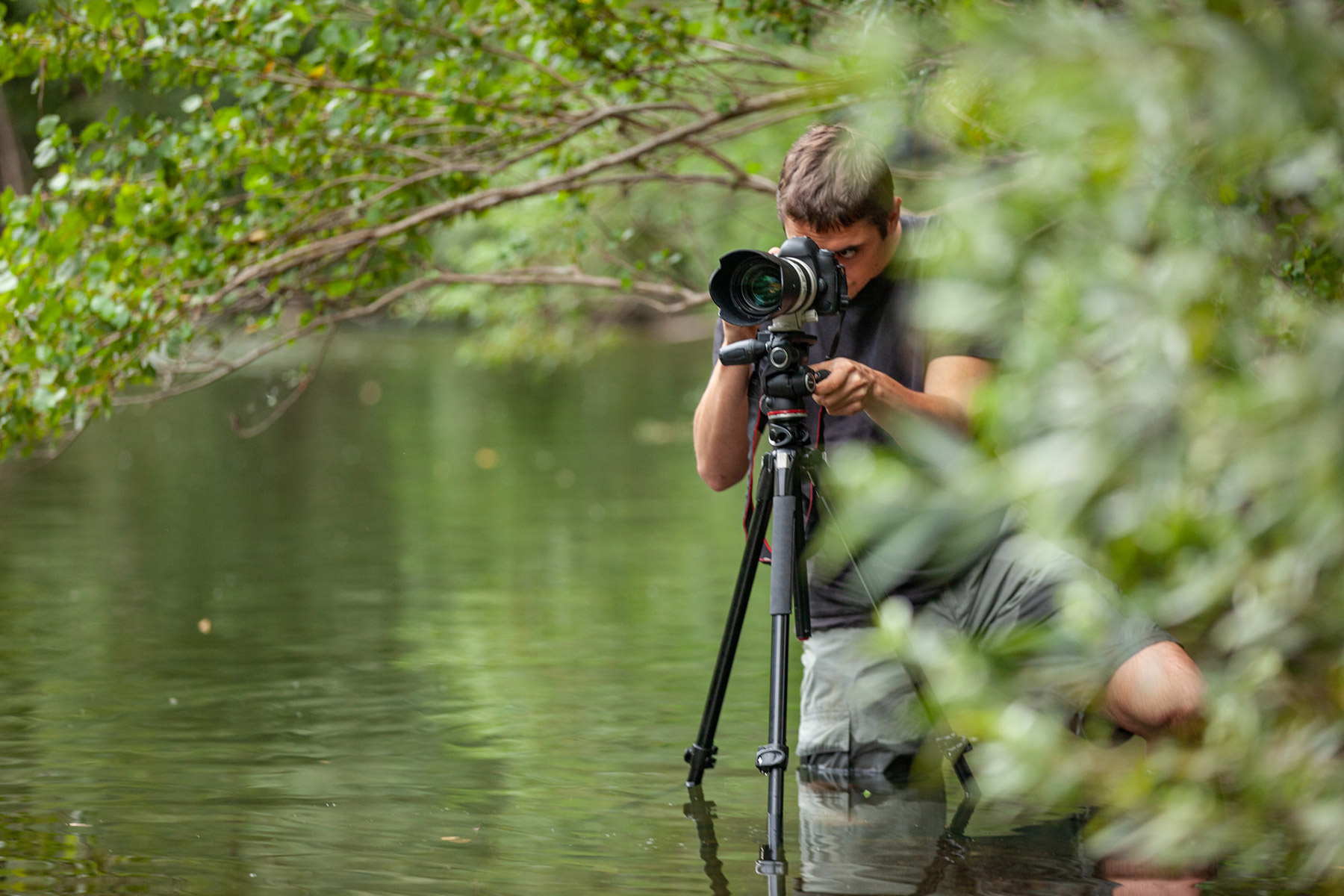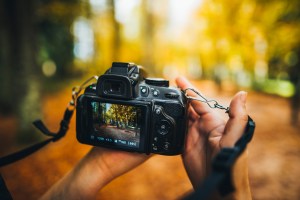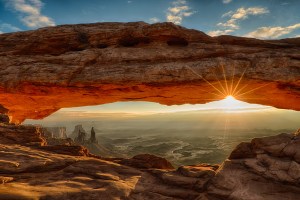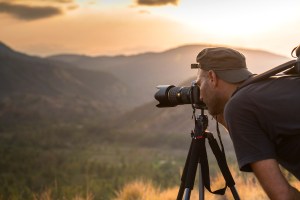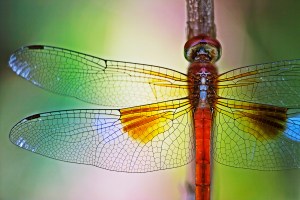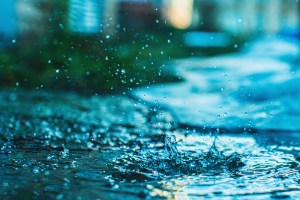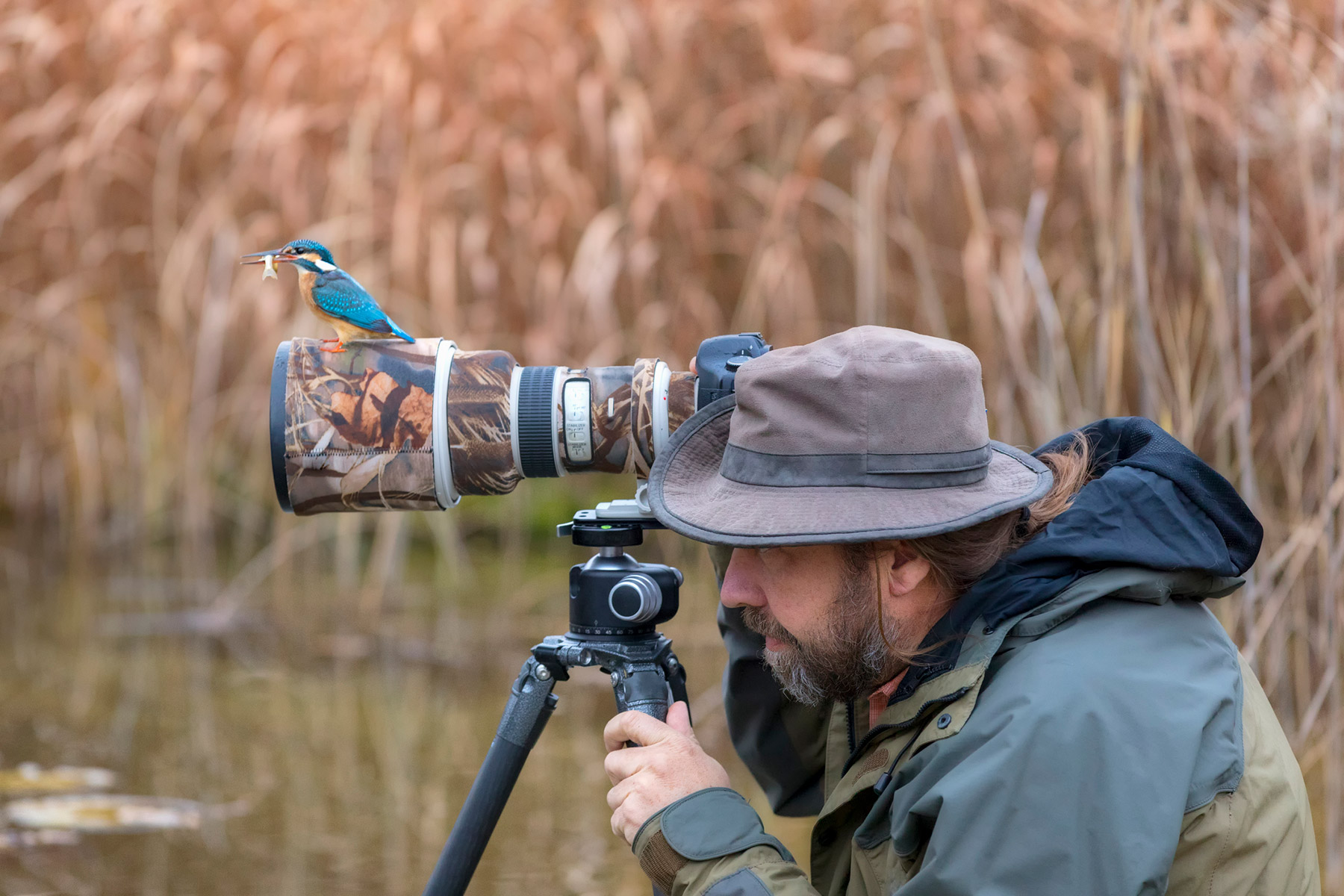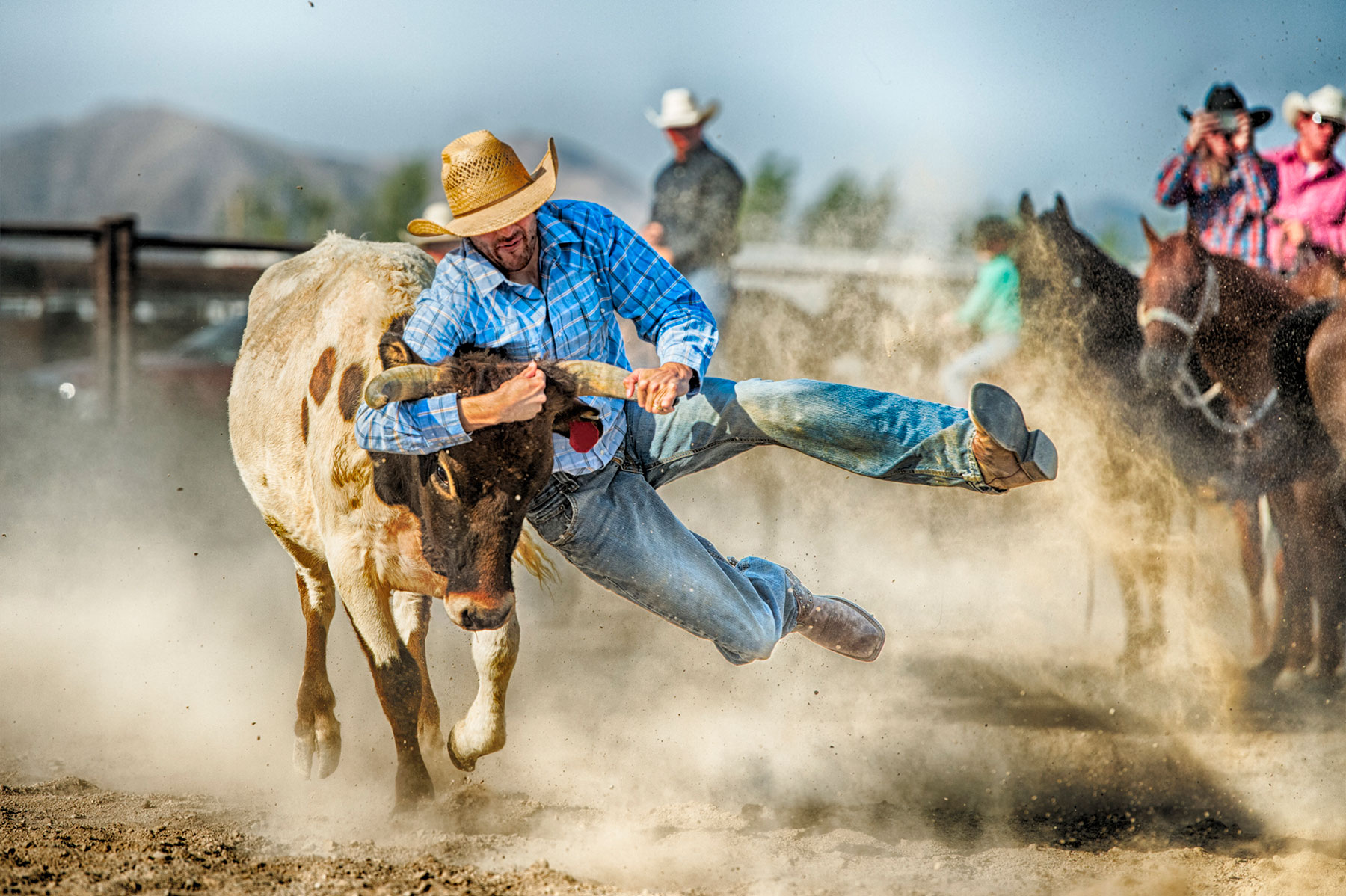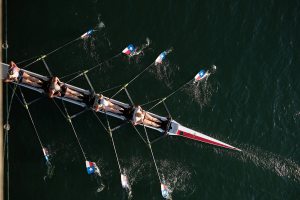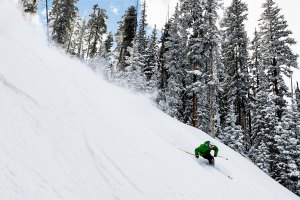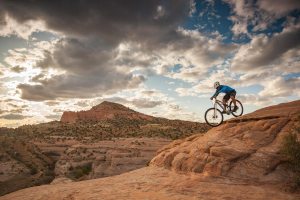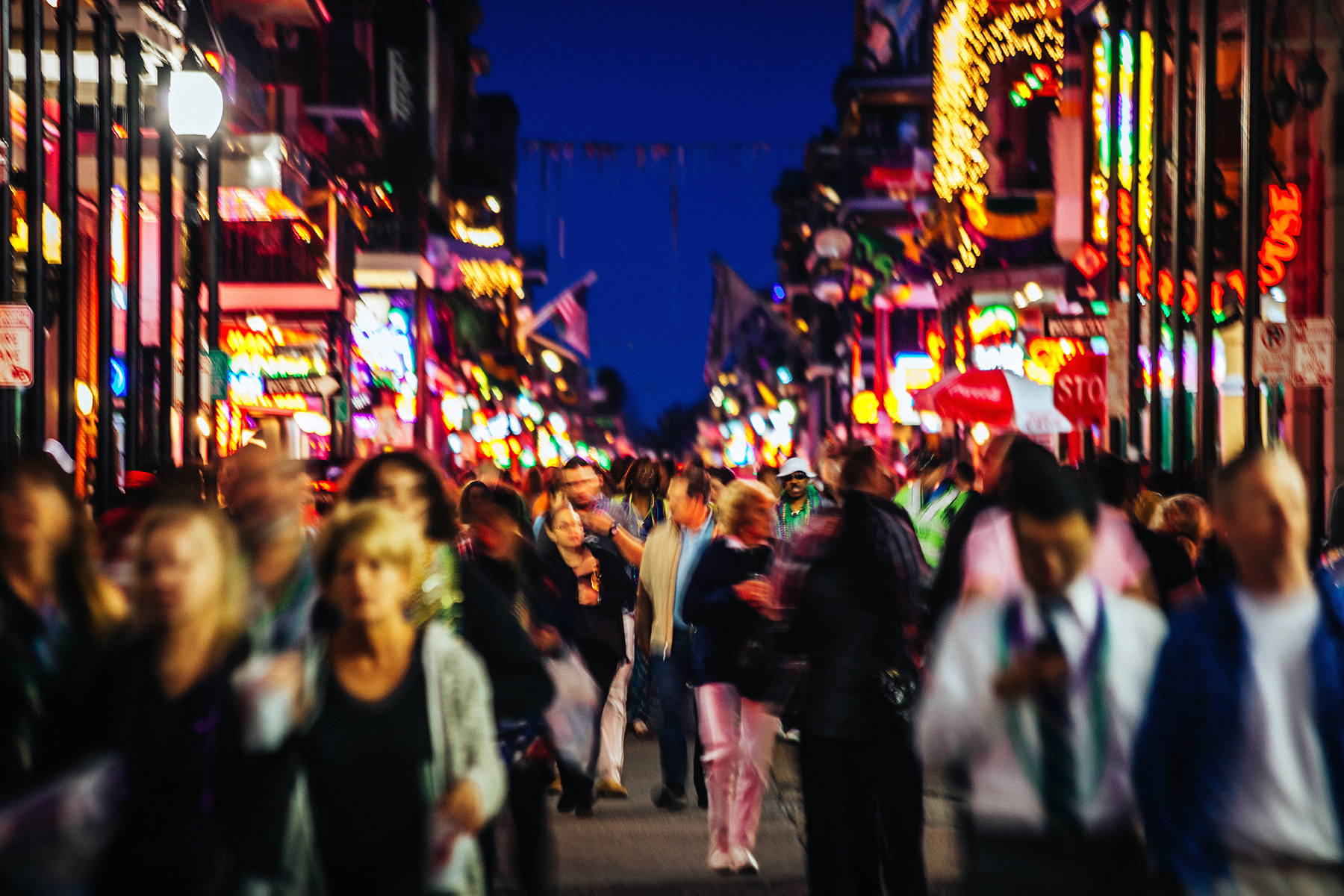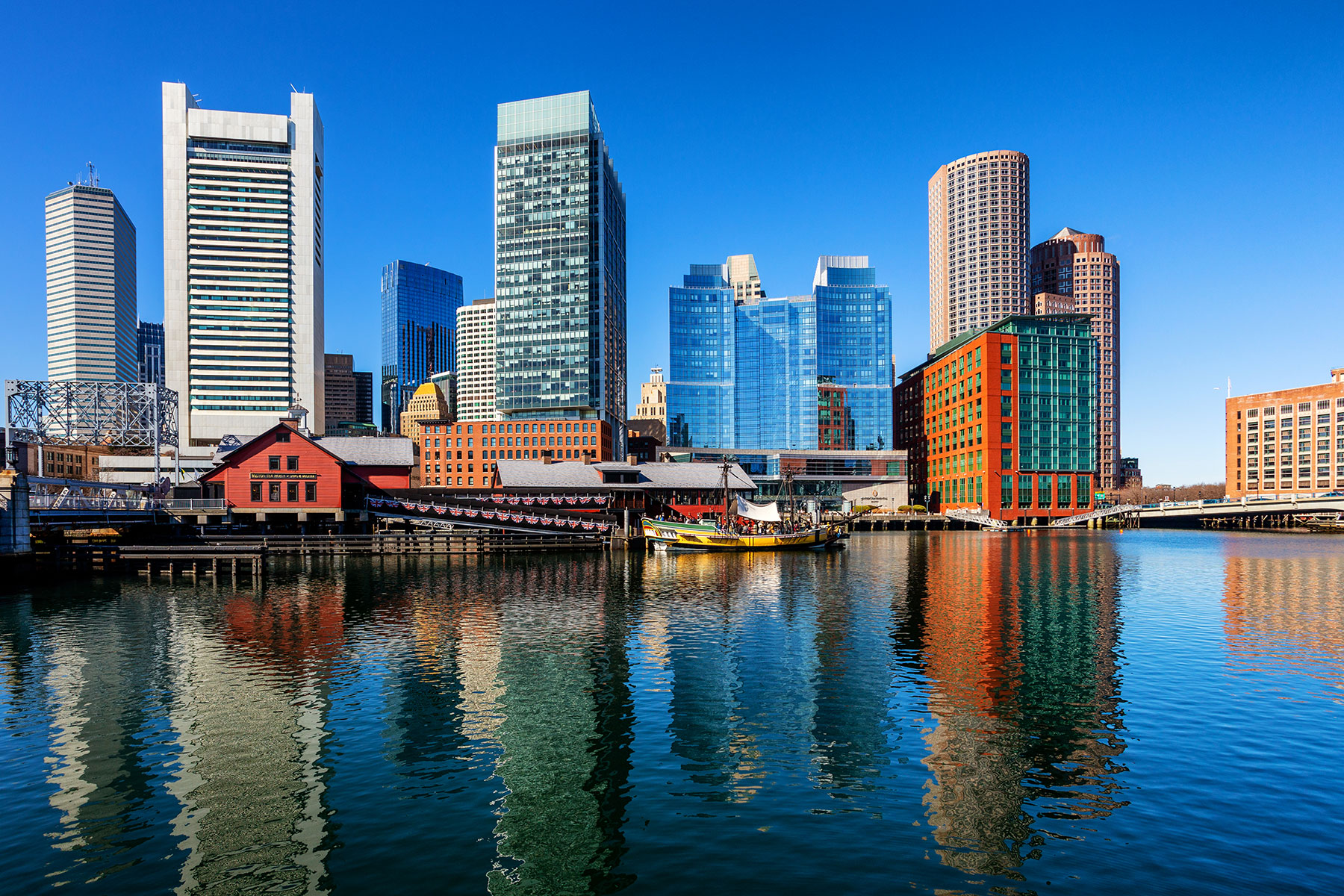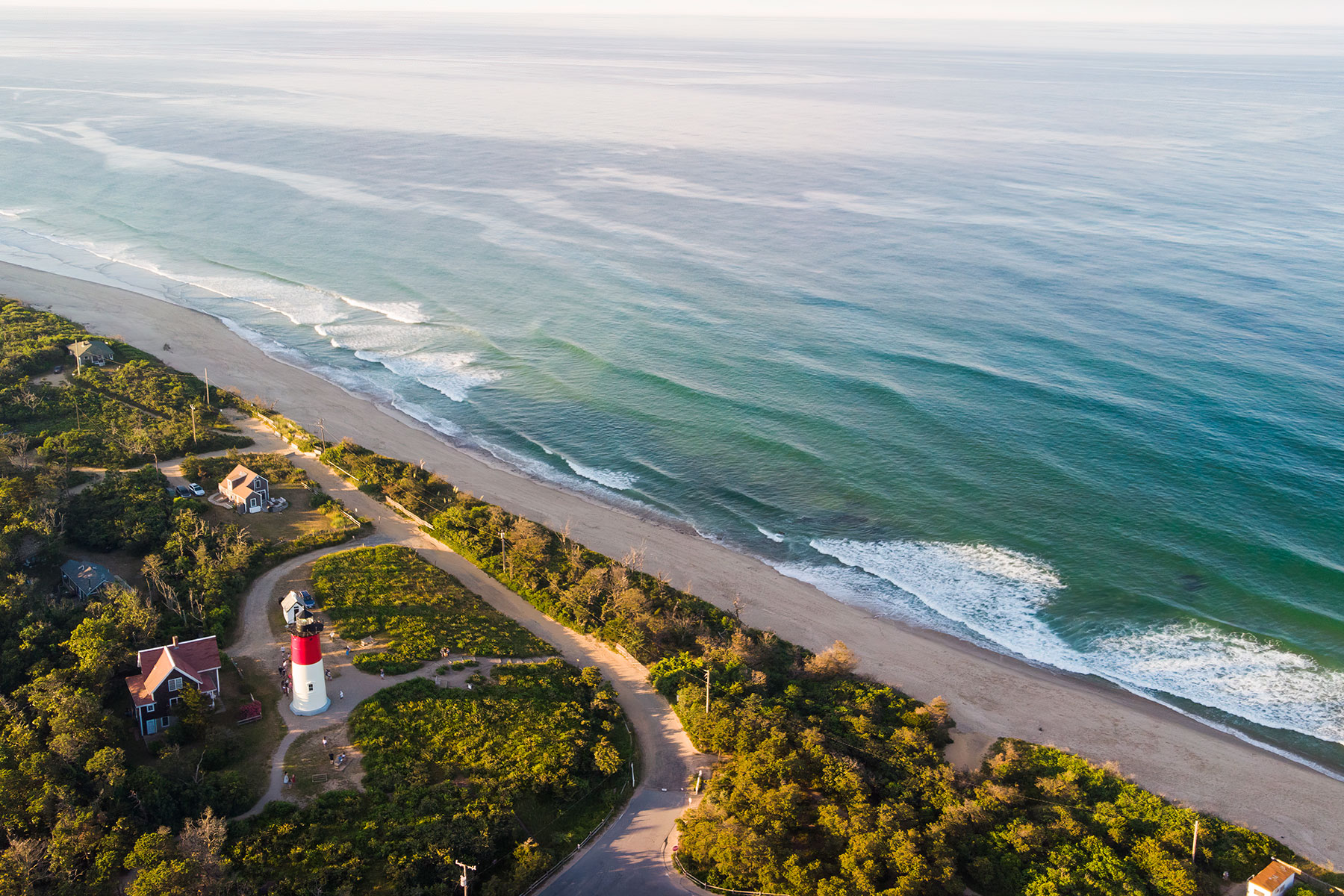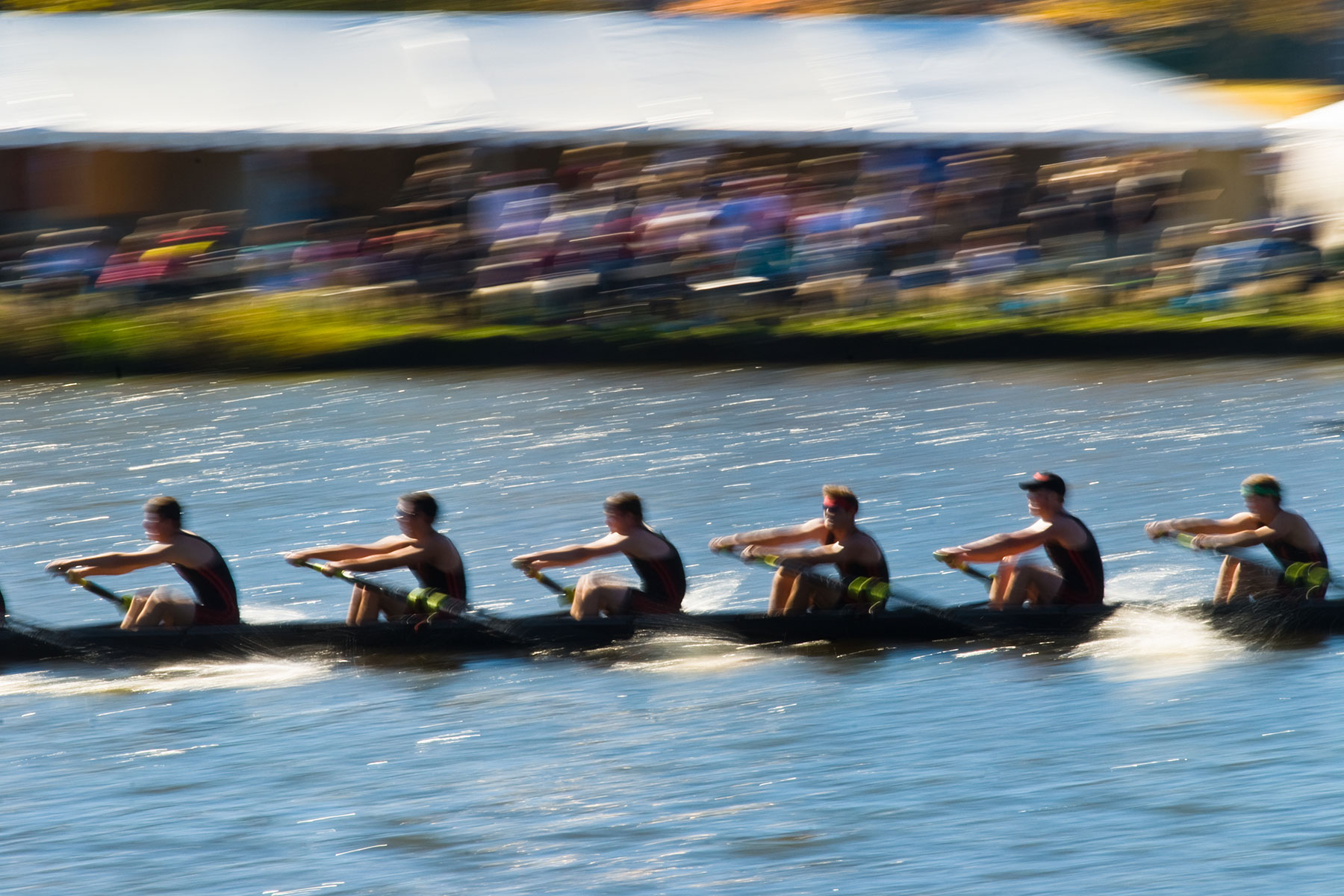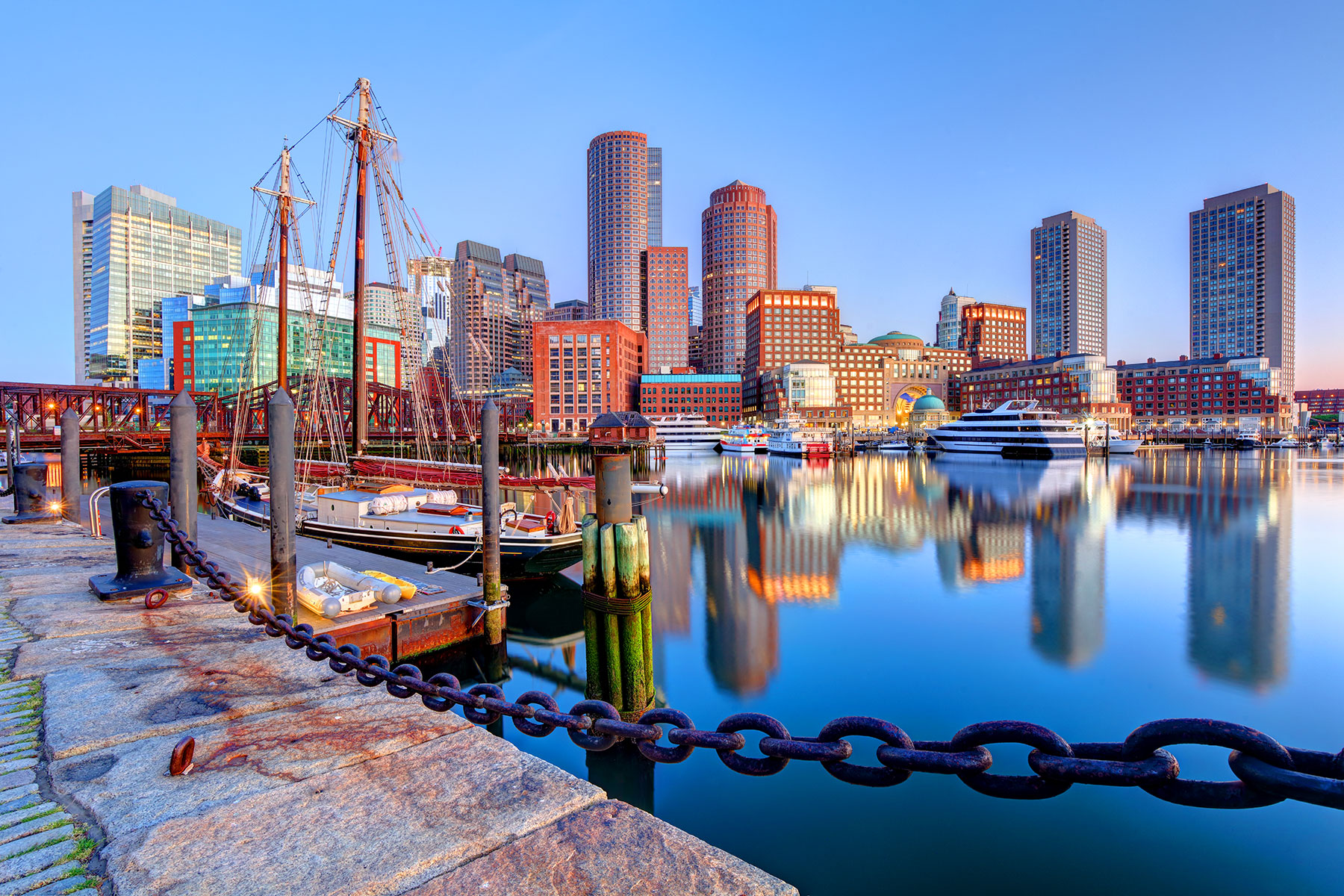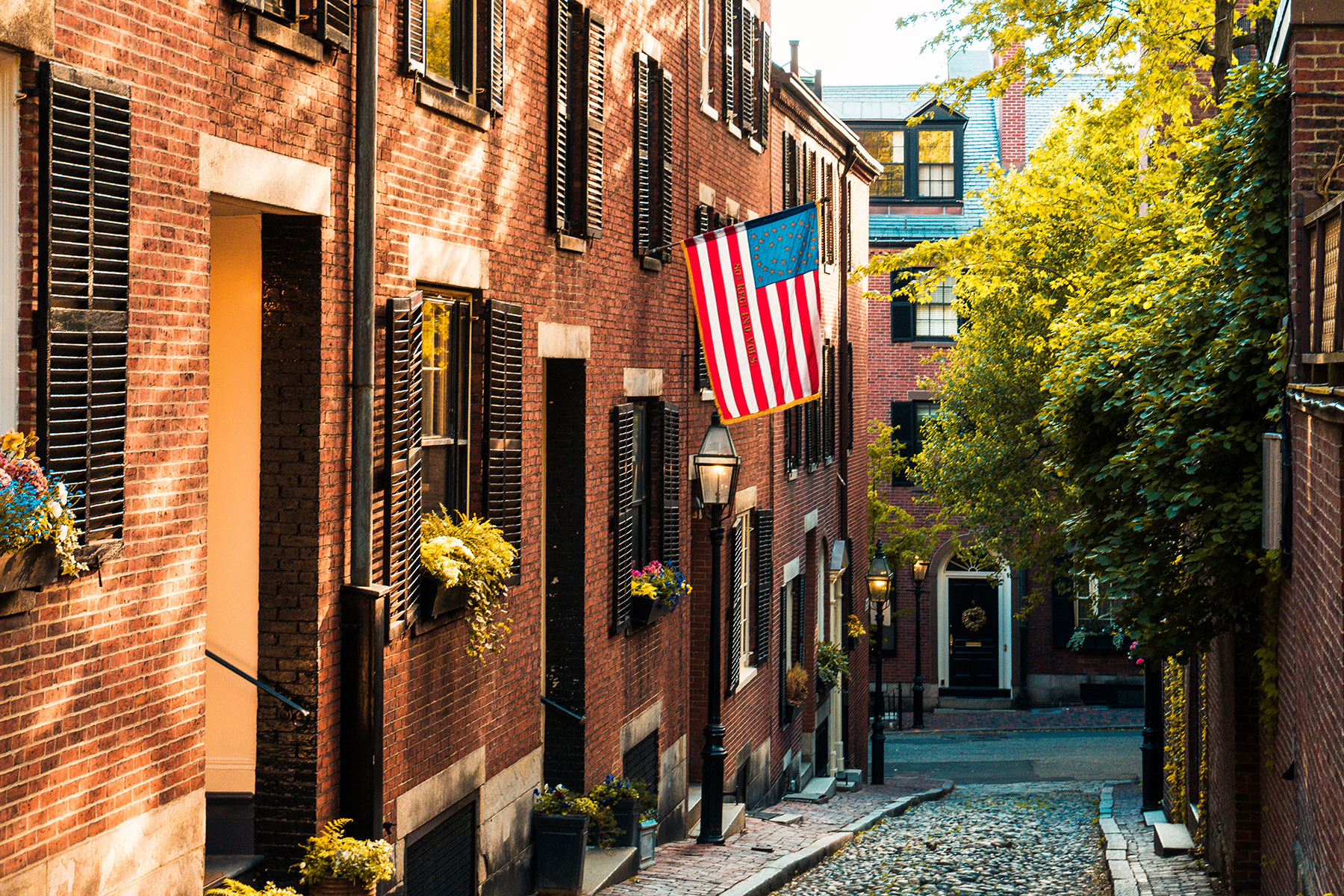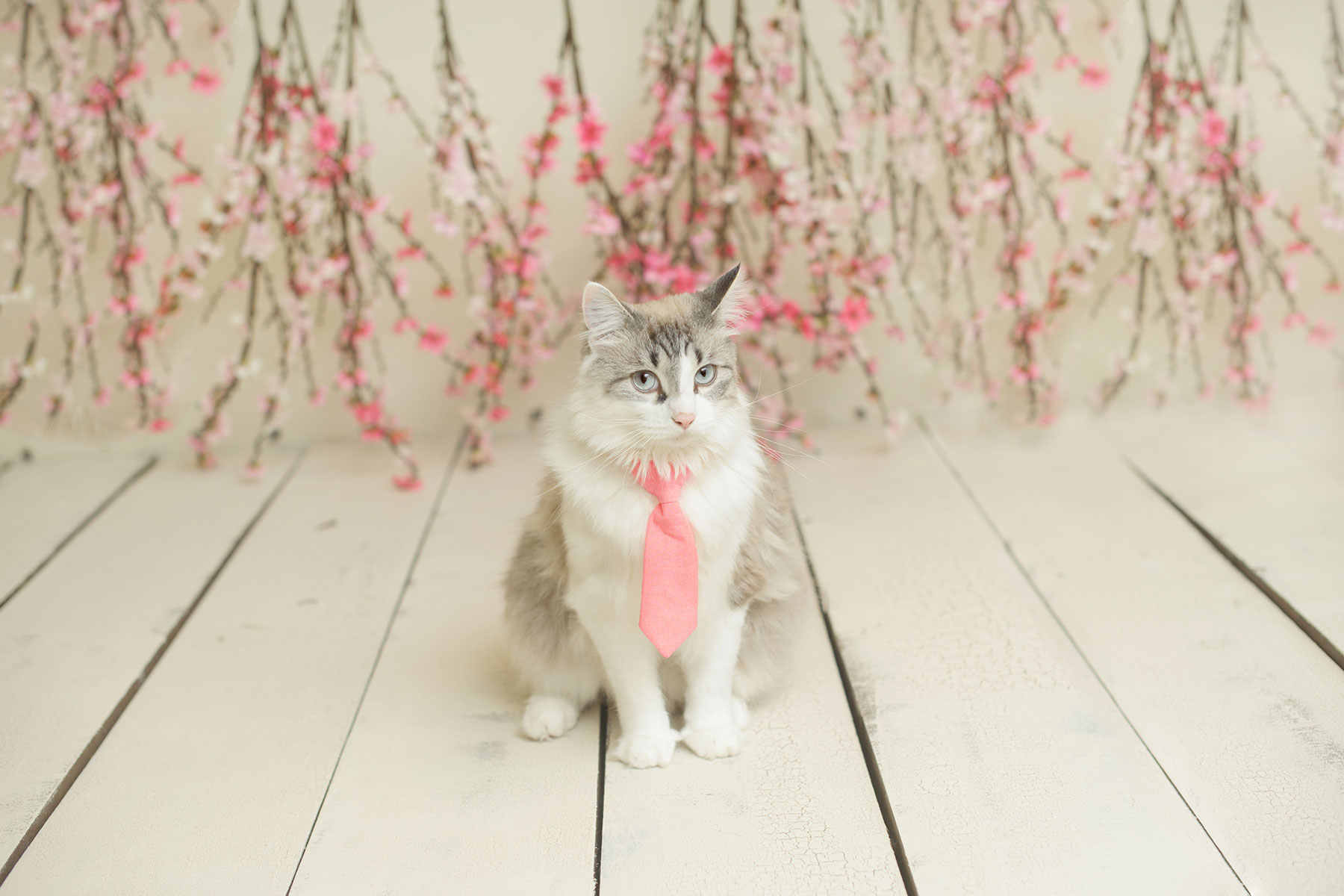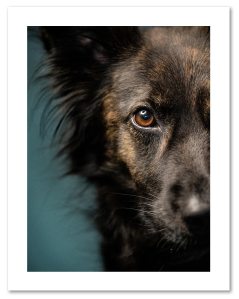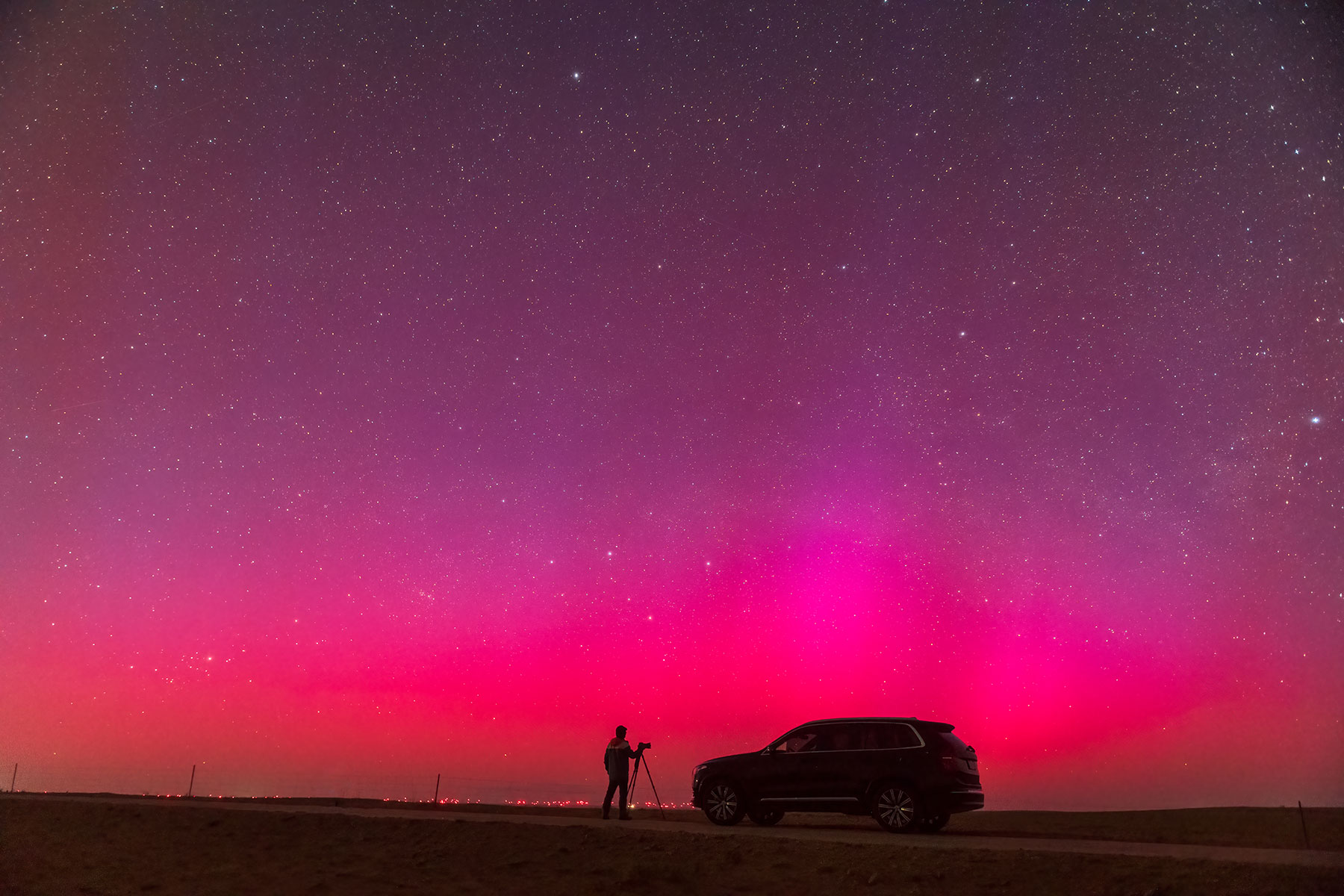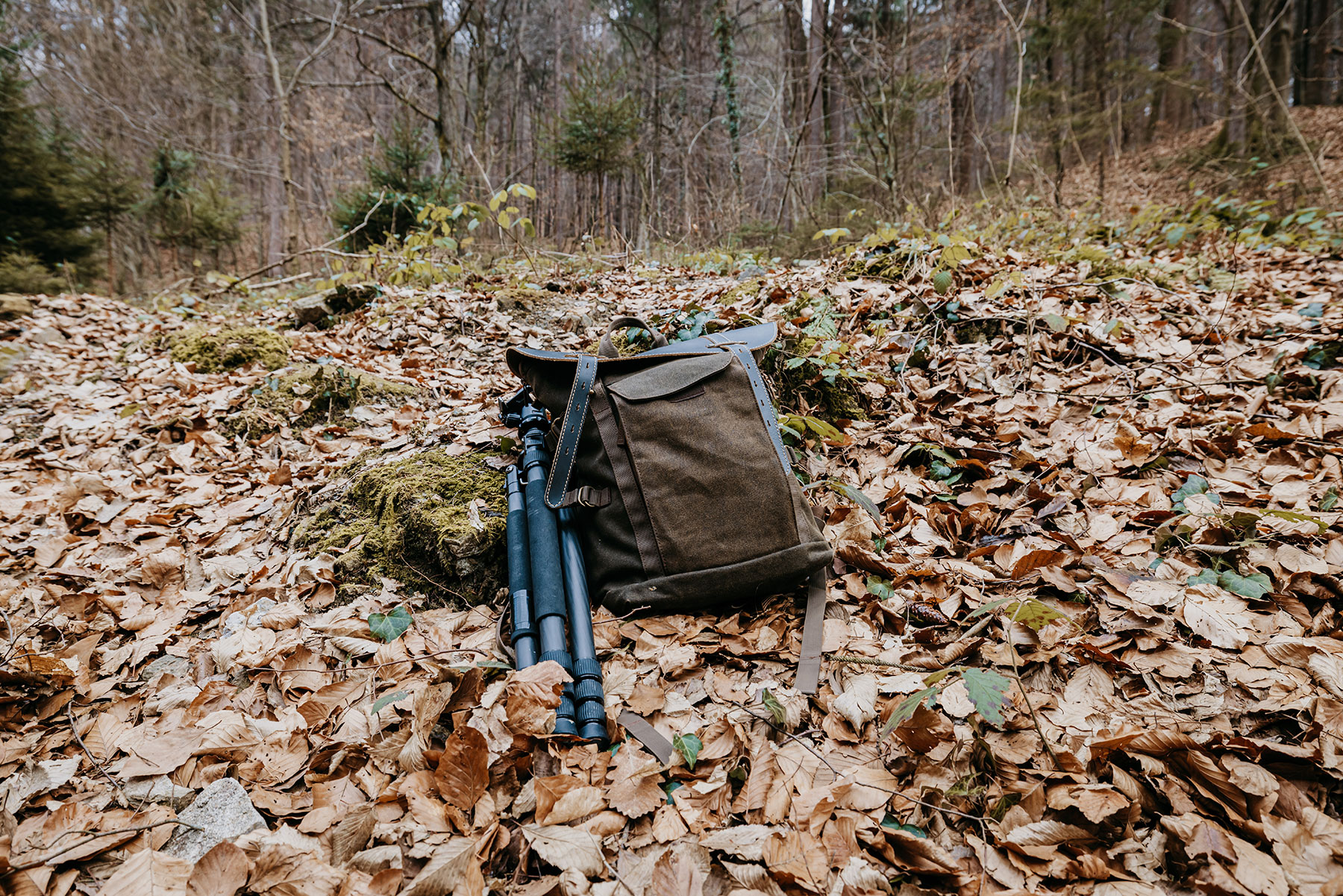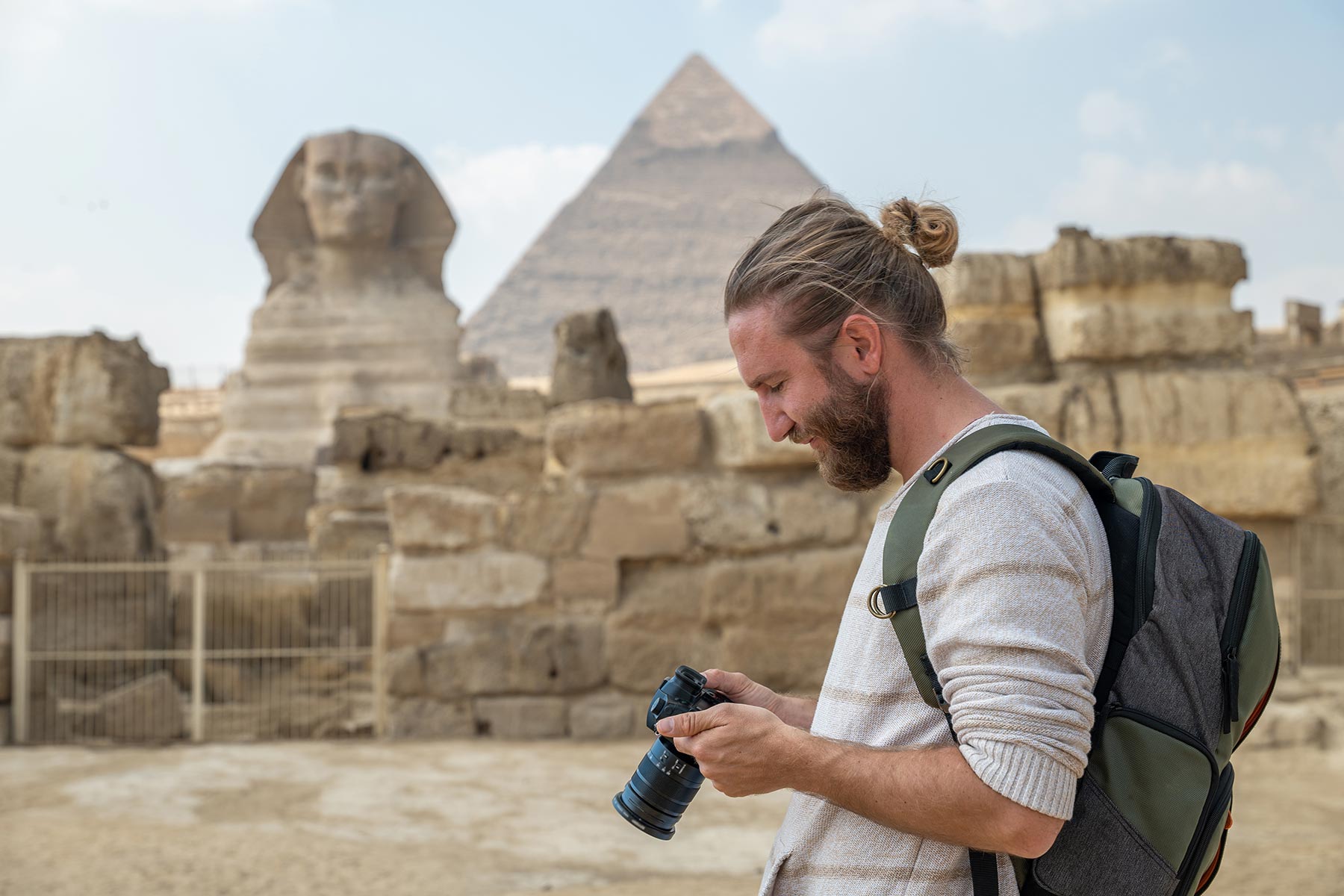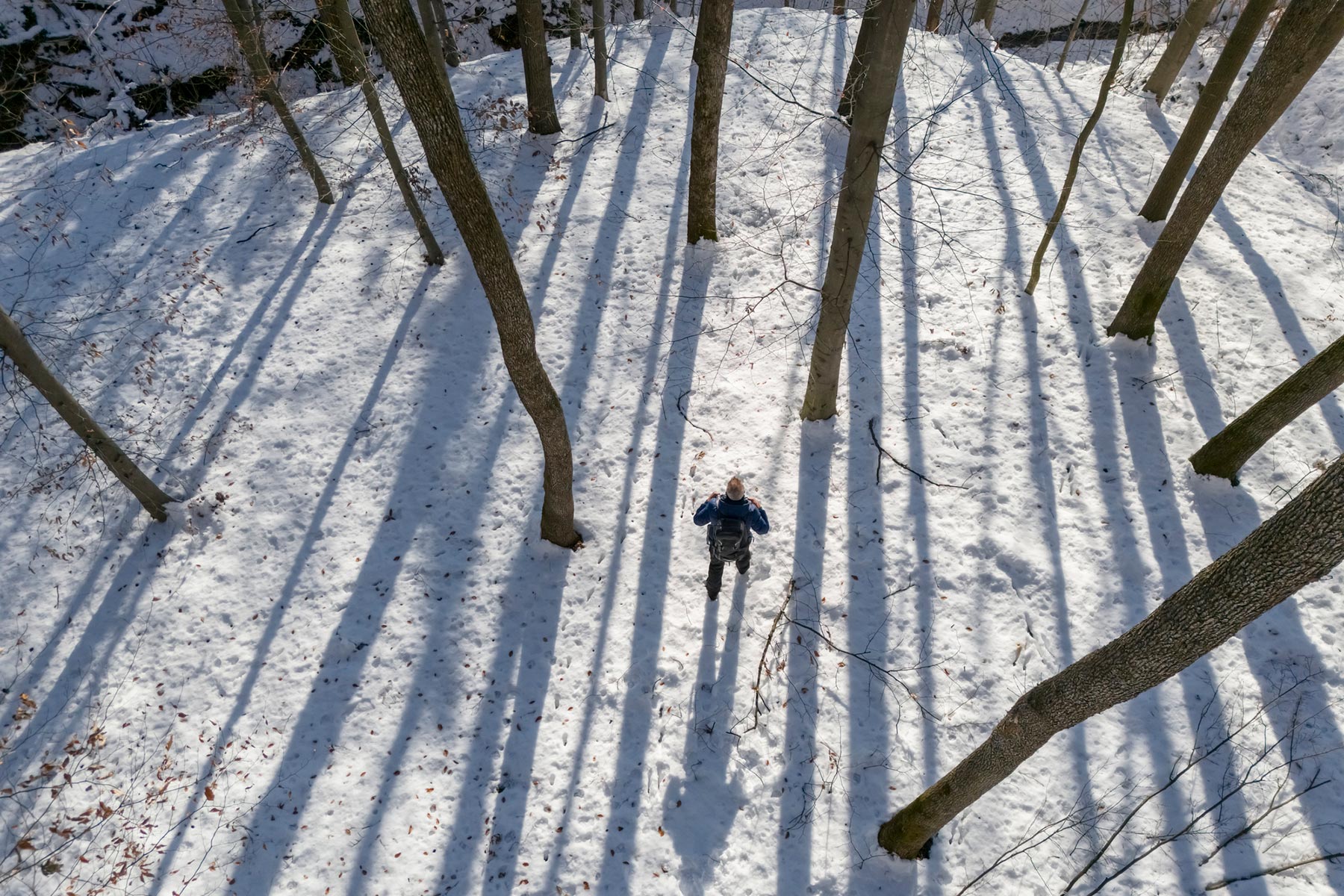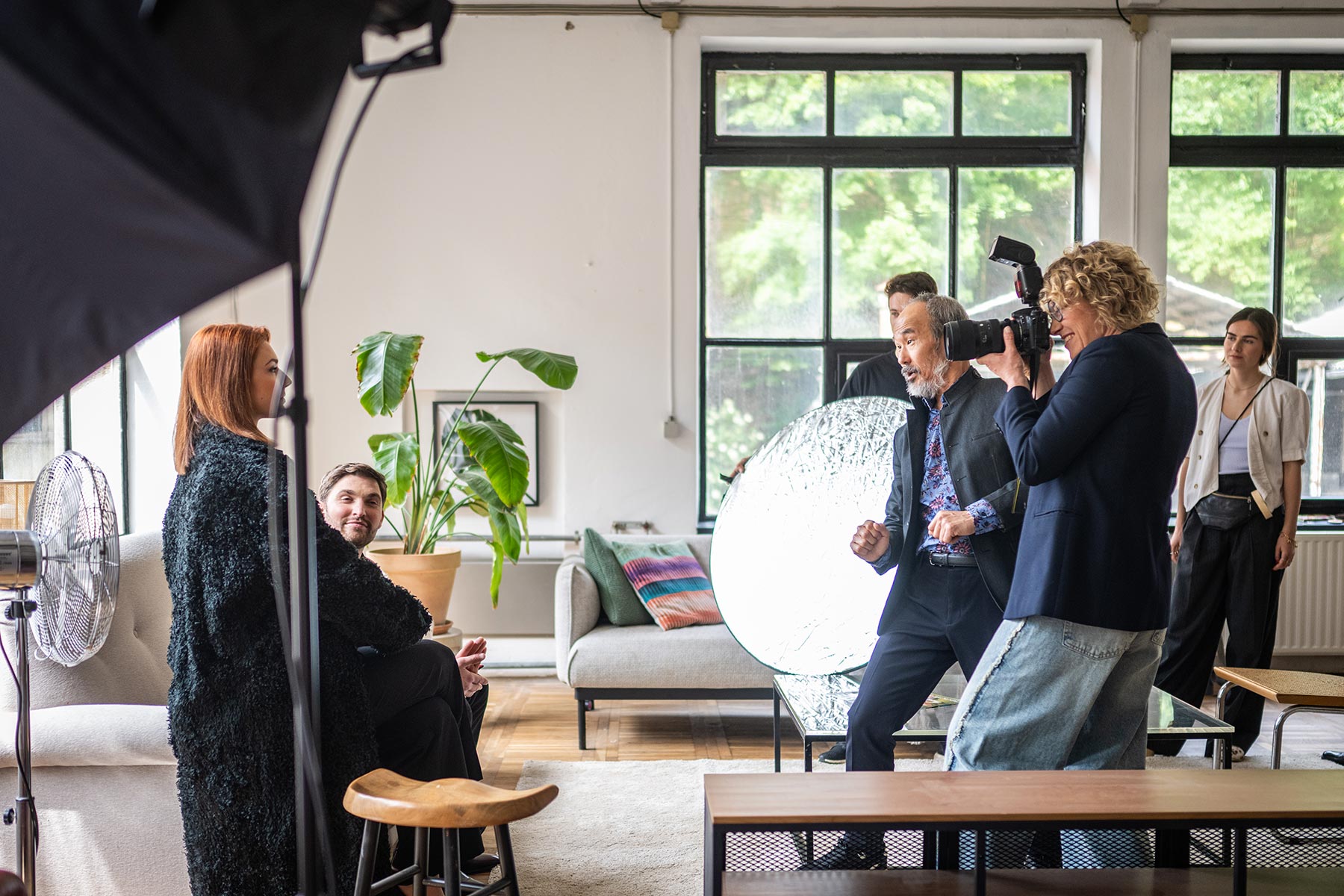Photography equipment can cost tens of thousands of dollars, making proper insurance essential. Many photographers carry business insurance, but sub-limits within policies are often overlooked. Sub-limits are coverage restrictions that cap payouts for specific items or situations. Understanding these limits is crucial to ensuring your equipment is fully protected in the event of a claim.
What Are Sub-Limits and How Do They Impact Your Gear?
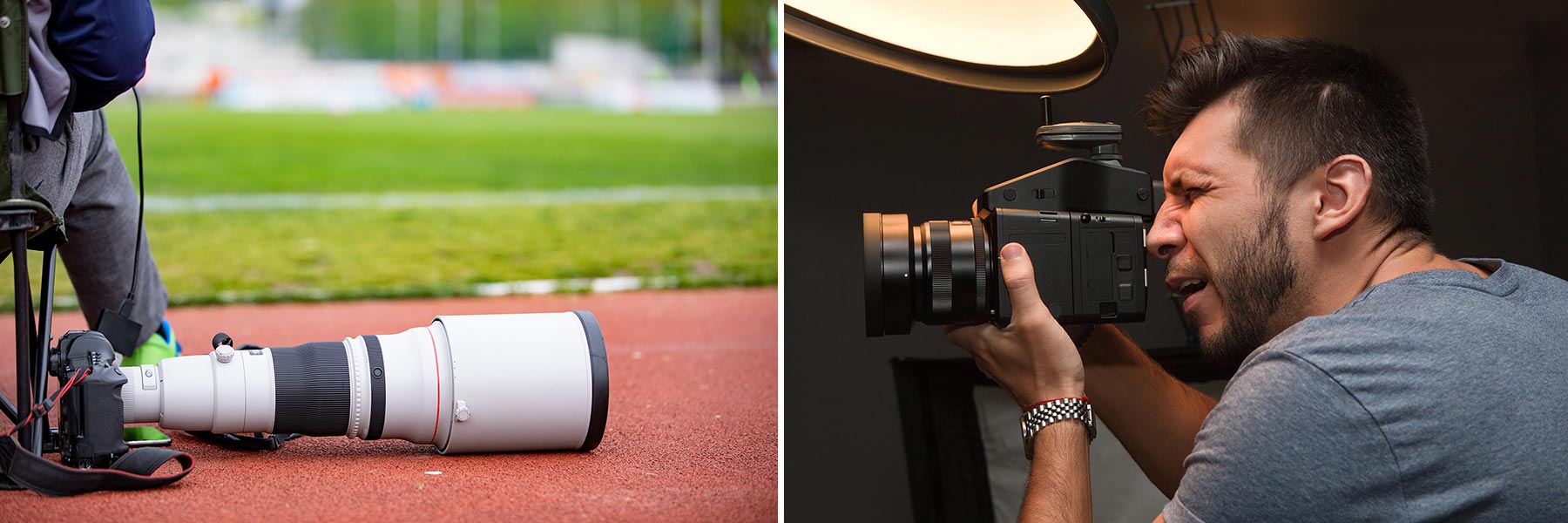
A sub-limit is a cap within your overall policy limit that applies to a particular category or peril. For instance, you might have a $20,000 equipment policy but a $5,000 per-item sub-limit. If a $10,000 camera is stolen, the policy would only reimburse $5,000 due to this restriction. These caps prevent full reimbursement for high-value items, making it essential to check your policy’s fine print.
Sub-limits often apply to cameras, lenses, lighting, and high-end computers. Many photographers assume their total coverage applies to each item, but a sub-limit can significantly reduce the payout. Identifying these caps allows you to adjust your coverage or purchase additional insurance, such as a rider or specialized photography policy, to avoid coverage gaps.
Common Misconceptions About Insurance Coverage for Photographers
Many photographers assume they are covered under various policies, but common misunderstandings can leave significant gaps:
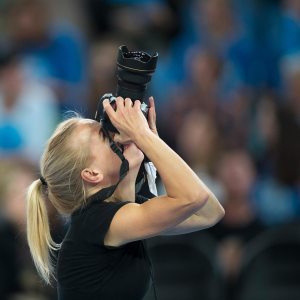 Photography Organization Insurance: Memberships such as Professional Photographers of America (PPA) offer equipment coverage, but with sub-limits. For instance, PPA’s PhotoCare insurance caps computer equipment at $5,000 and may only reimburse actual cash value instead of replacement cost.
Photography Organization Insurance: Memberships such as Professional Photographers of America (PPA) offer equipment coverage, but with sub-limits. For instance, PPA’s PhotoCare insurance caps computer equipment at $5,000 and may only reimburse actual cash value instead of replacement cost.
Store and Manufacturer Warranties: Warranties cover defects or accidental damage (if purchased) but do not protect against theft, natural disasters, or general business risks.
Homeowners or Renters Insurance Riders: Standard personal insurance often provides minimal business property coverage, typically capping it at $2,500 on-premises and even less off-premises. Additionally, some policies outright exclude business equipment.
These misconceptions can create a false sense of security. For professional use, a dedicated photography insurance policy is usually necessary to ensure full coverage without restrictive sub-limits.
How Sub-Limits Affect Coverage in Disasters

Natural disasters pose a major risk to photographers, yet insurance policies often have sub-limits or exclusions for certain events:
- Fire Damage: Most business and homeowner policies cover fire loss, but sub-limits may cap reimbursement per item, meaning a high-end camera could be underinsured.
- Flooding: Standard insurance does not cover natural flooding. A separate flood insurance policy is required.
- Windstorms and Hurricanes: While wind damage is typically covered, high-risk areas often impose special deductibles or sub-limits for named storms.
- Earthquakes: Like floods, earthquakes are usually excluded unless specifically added to a policy.
Checking policy exclusions and sub-limits ensures proper coverage, especially in disaster-prone areas.
Differences in Coverage: Comparing Insurance Providers and Policy Limits
Insurance policies vary significantly in their sub-limits and restrictions.
Key factors to compare include:
- Per-Item vs. Blanket Coverage: Some policies limit payouts per item unless specifically scheduled, while others provide blanket coverage up to the total insured amount.
- Category Sub-Limits: Some policies impose lower caps on accessories, drones, or computer equipment.
- Coverage for Theft from Vehicles: Some providers exclude theft from unattended vehicles, while others impose conditions for coverage.
- Replacement Cost vs. Actual Cash Value: Policies that reimburse replacement cost provide better coverage than those that pay only the depreciated value.
- Coverage for Rented or Borrowed Equipment: Not all policies extend coverage to rented or borrowed items without additional endorsements.
- Global Coverage: Some policies limit coverage to domestic use, which is critical for traveling photographers to verify.
Review Your Policy to Protect Your Business
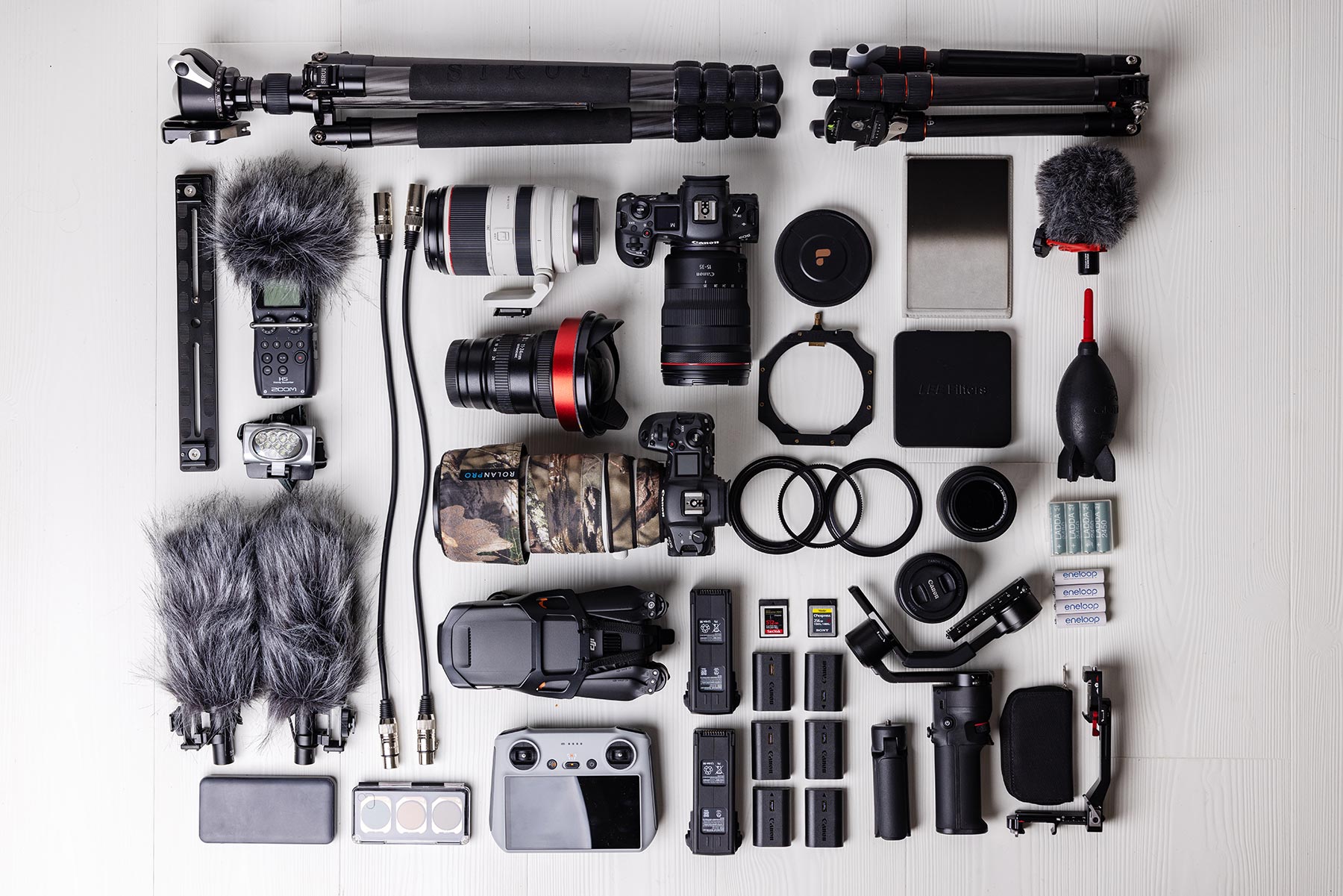
To ensure full protection, photographers should:
- Take Inventory of Equipment: List all gear and its replacement value to confirm adequate coverage.
- Read the Fine Print: Check for sub-limits, exclusions, and conditions such as theft restrictions.
- Add Endorsements for Gaps: If needed, purchase additional coverage for high-value items, natural disasters, or rented equipment.
- Ensure Liability Coverage: Protect against third-party claims from accidents or damages during shoots.
Frequently Asked Questions (FAQ)
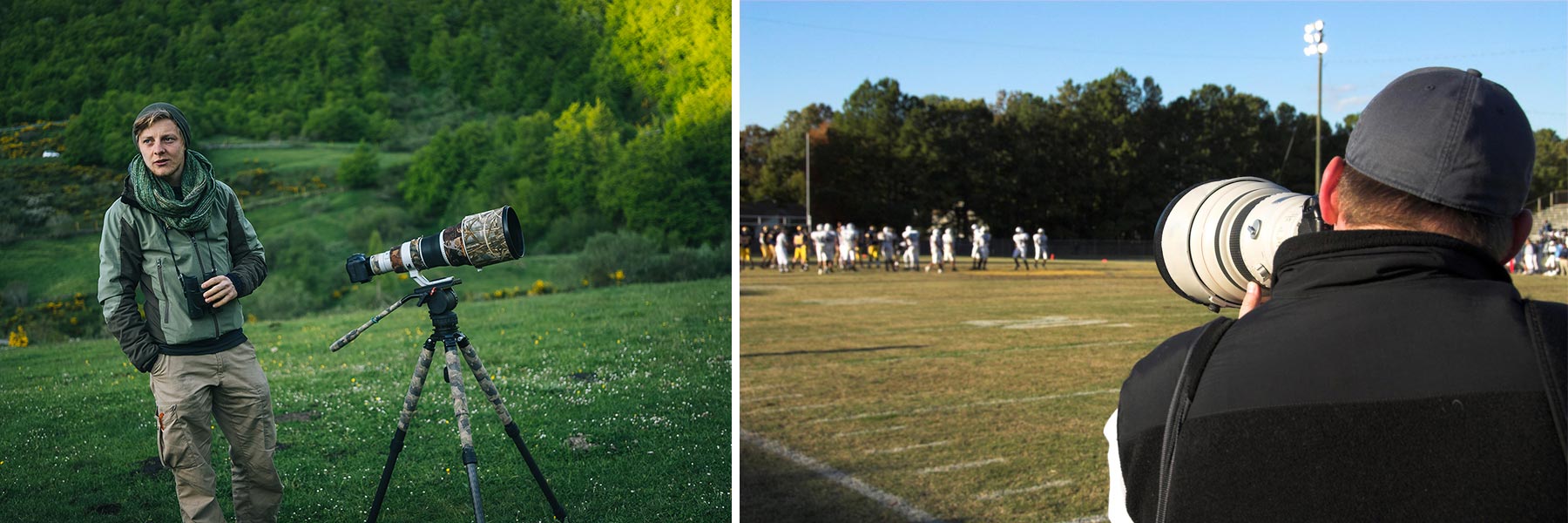
- What is the best insurance for photographers? The best insurance for photographers depends on their specific needs. Business insurance tailored for photographers typically includes equipment coverage, general liability, and professional liability. Policies that cover replacement costs rather than actual cash value are often preferred.
- Does homeowners insurance cover photography equipment? Homeowners or renters insurance may cover personal photography equipment but often has low sub-limits for business use. A dedicated photography insurance policy is recommended for professionals.
- What does photography insurance not cover? Standard photography insurance may not cover flooding, earthquakes, wear and tear, or theft from an unattended vehicle unless specified. Always review exclusions and consider additional riders if needed.
- How much does photography insurance cost? Costs vary depending on coverage limits, deductibles, and added protections. Basic policies can start at a few hundred dollars per year, while comprehensive policies with high coverage limits may cost more.
- Do I need photography insurance if I only shoot part-time? If you earn money from photography, even part-time, insurance is a smart investment. Liability coverage protects you from potential lawsuits, and equipment insurance ensures you can replace damaged or stolen gear.
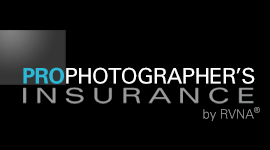
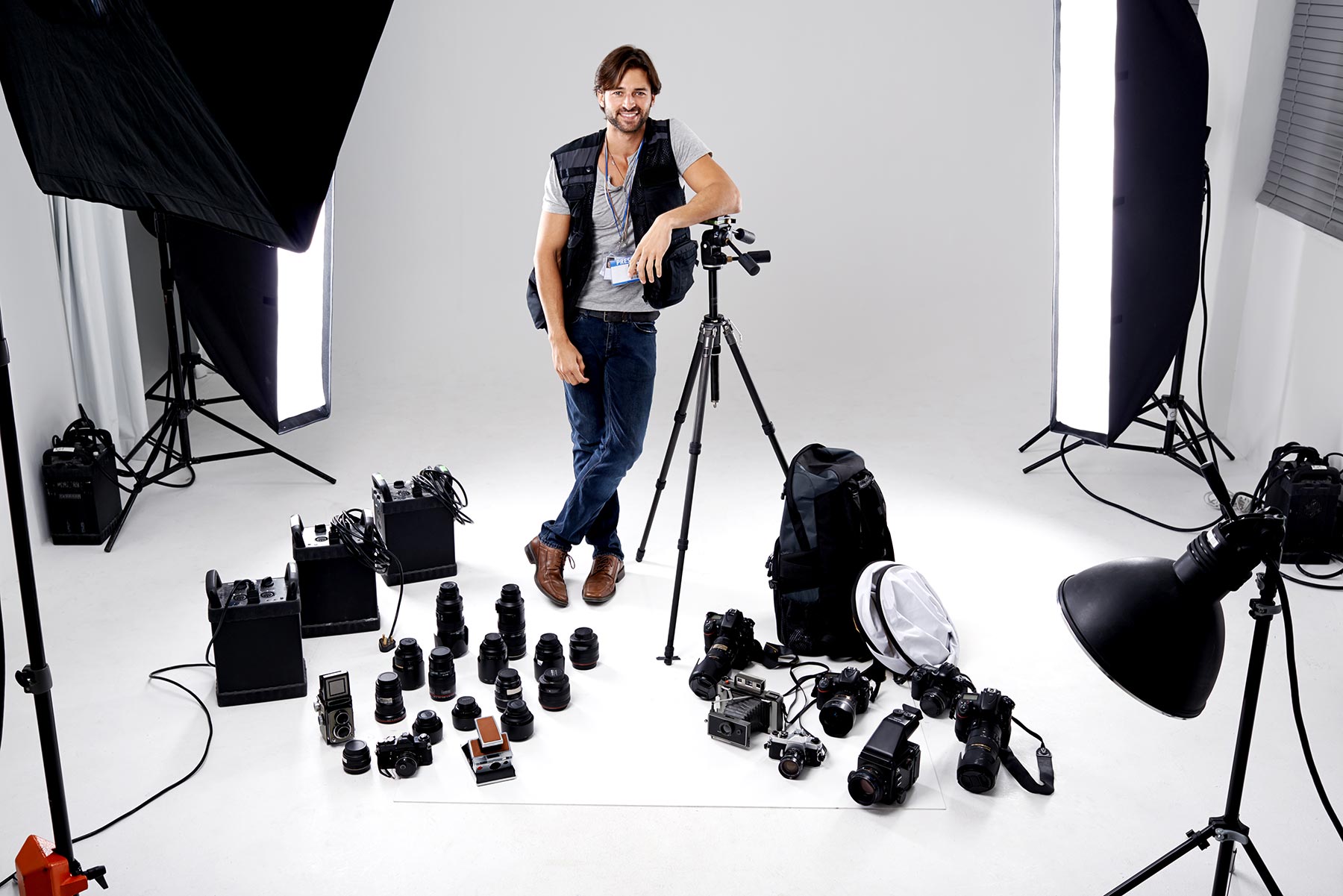
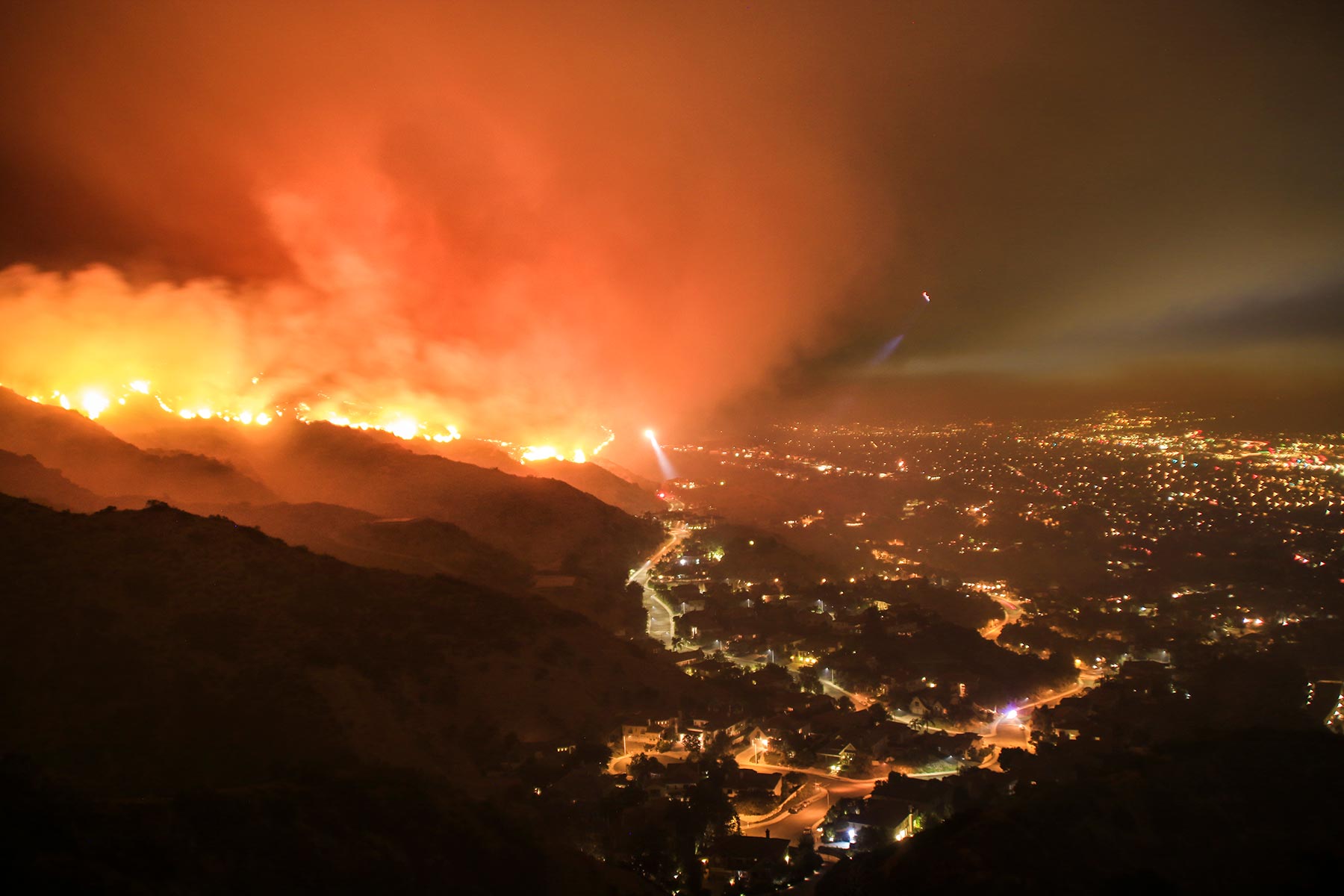
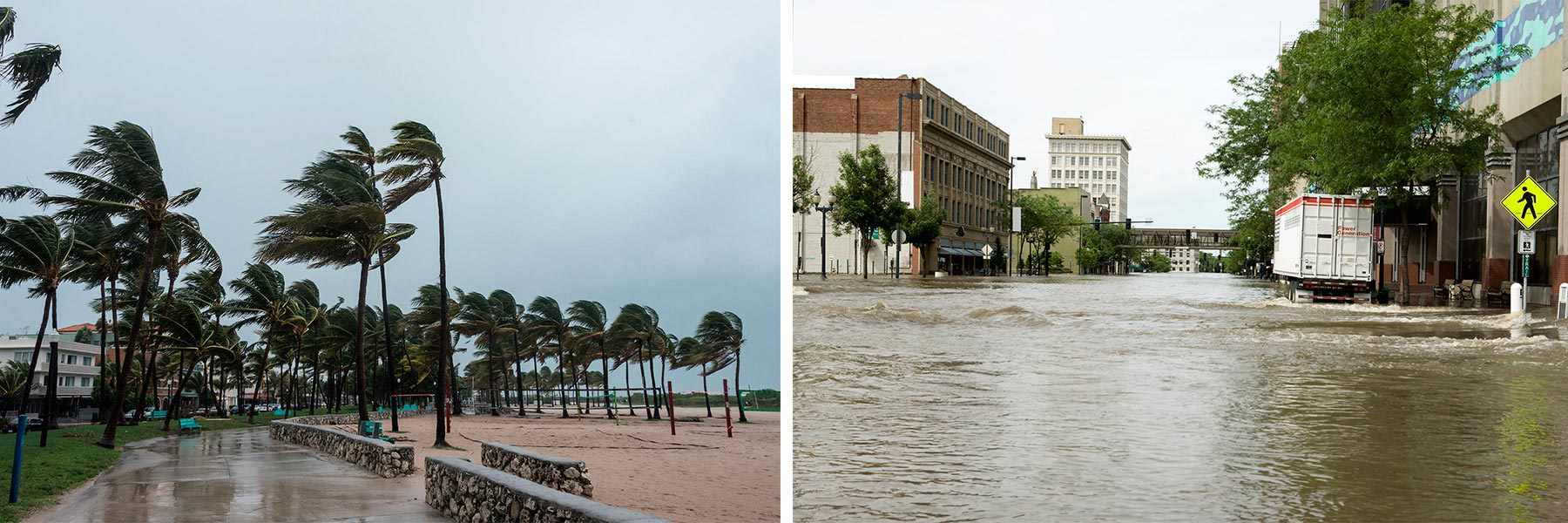 If you rely on your photography gear for income, your homeowner’s insurance likely won’t protect it. Most policies exclude business property, meaning that even if your home is insured, your expensive cameras, lighting setups, and computers may not be covered. A separate photography insurance policy ensures that you are protected from losses due to fire, floods, or other natural disasters.
If you rely on your photography gear for income, your homeowner’s insurance likely won’t protect it. Most policies exclude business property, meaning that even if your home is insured, your expensive cameras, lighting setups, and computers may not be covered. A separate photography insurance policy ensures that you are protected from losses due to fire, floods, or other natural disasters.
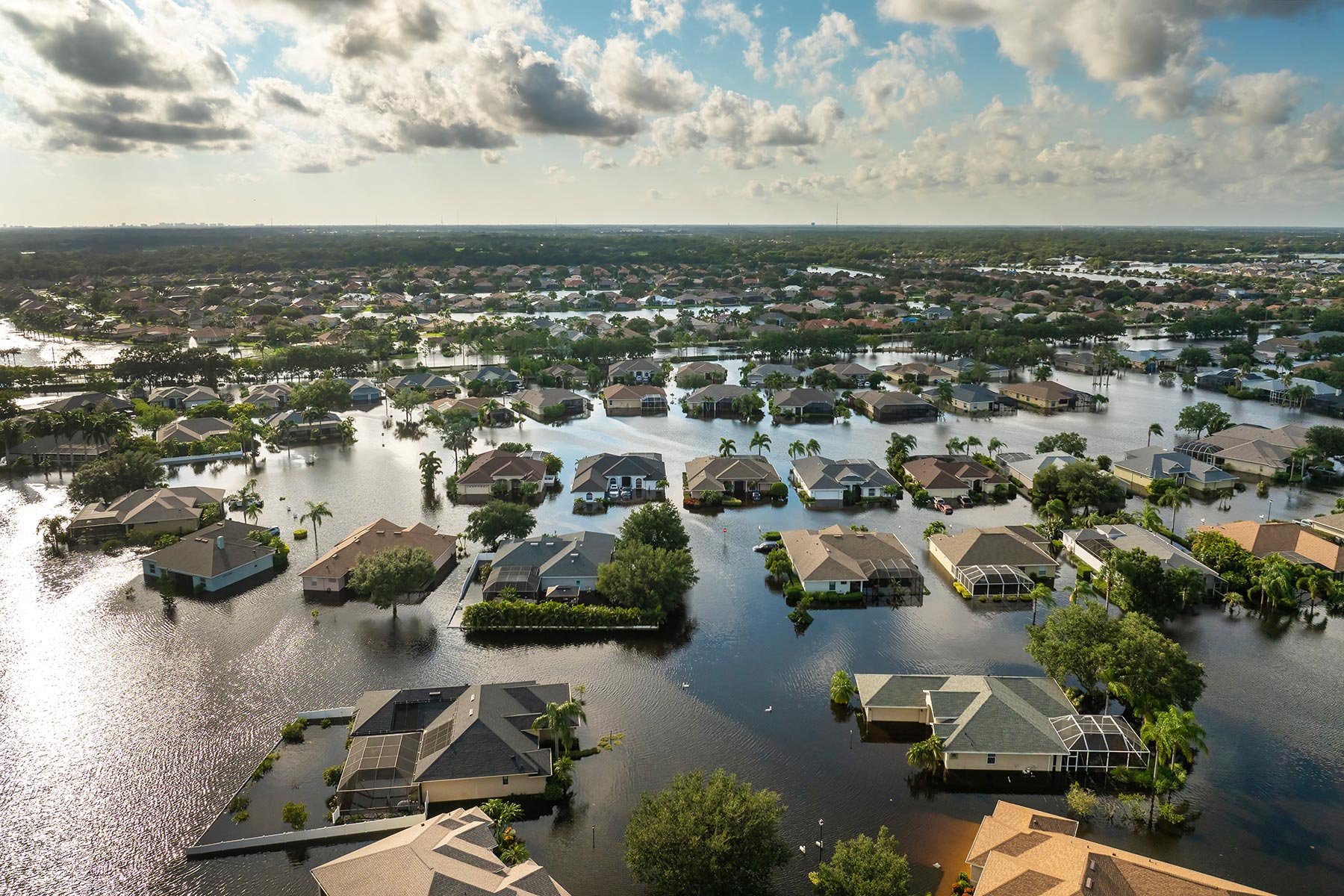 Flooding is another overlooked risk. Standard homeowners and renters insurance does not cover flood damage. If your home studio, office, or storage space is affected, you could face a complete loss.
Flooding is another overlooked risk. Standard homeowners and renters insurance does not cover flood damage. If your home studio, office, or storage space is affected, you could face a complete loss.